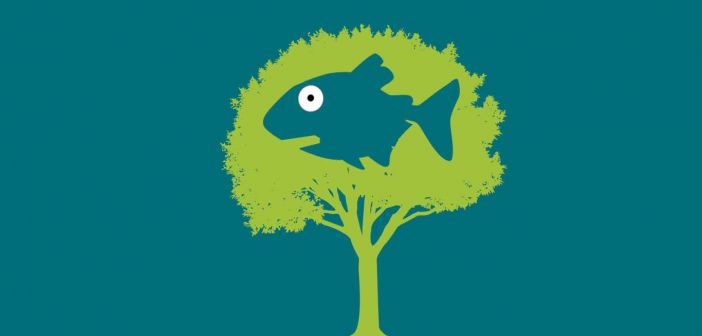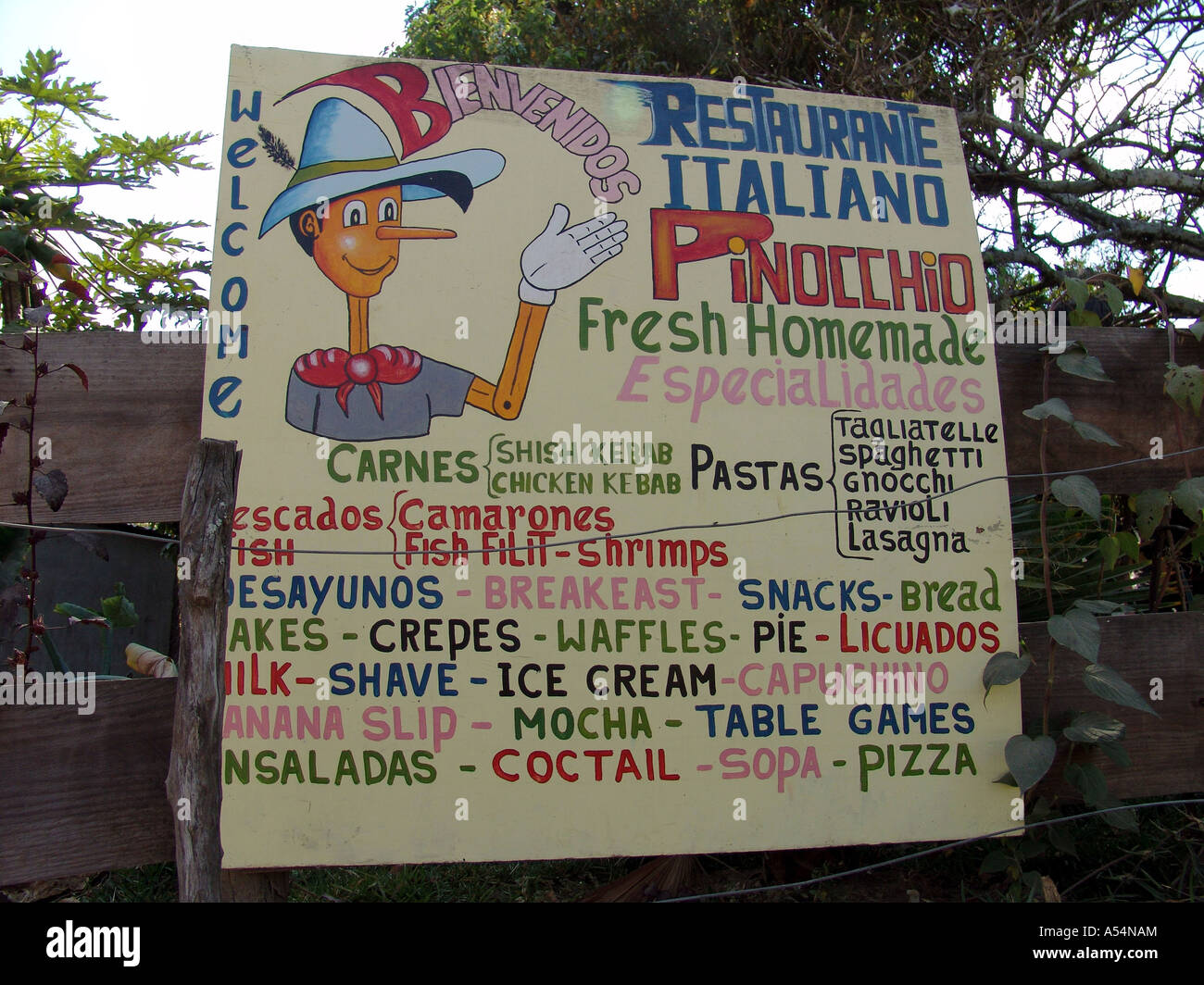

( January 2021) ( Learn how and when to remove this template message) Unsourced material may be challenged and removed. Please help improve this article by adding citations to reliable sources. This section needs additional citations for verification. Natural hybrids, often including Sorbus aucuparia and the whitebeam, Sorbus aria, give rise to many endemic variants in the UK. It is still used in some countries, but Sorbus domestica, for example, has largely vanished from Britain, where it was traditionally appreciated. įormerly, when a wider variety of fruits were commonly eaten in Europe and North America, Sorbus was a domestically used fruit throughout these regions. The name rowan was originally applied to the species Sorbus aucuparia and is also used for other species in Sorbus subgenus Sorbus. They are native throughout the cool temperate regions of the Northern Hemisphere, with the highest species diversity in the Himalaya, southern Tibet and parts of western China, where numerous apomictic microspecies occur. The rowans ( / ˈ r aʊ ə n z/ ROW-ənz or / ˈ r oʊ ə n z/ ROH-ənz) or mountain-ashes are shrubs or trees in the genus Sorbus of the rose family, Rosaceae. For other uses, see Rowan (disambiguation). For the racehorse, see Quicken Tree (horse). For the Australian mountain ash, see Eucalyptus regnans. This photosynthesizer produces oxygen despite only being able to access the tiniest fraction of sunlight."Mountain-ash" and "Quicken Tree" redirect here.

The red color of Corallinales comes from a pigment which enables it to absorb blue and green light, which is just about the only kind of light that manages to filter down to the improbable depths at which Corallinales lives. But a type of red algae called Corallinales nevertheless photosynthesizes at that depth. Eight hundred and eighty-six feet below the ocean’s surface, you would barely be able to see light. The photic zone extends down to about 656 feet (200 meters) below the surface of the ocean, but it’s difficult to put a depth limit on it, because photosynthesizers keep taking photosynthesis down farther than we thought possible. That means all marine photosynthesizers have to live in what scientists call the “photic zone”-the layer at the top of the ocean that is illuminated by sunlight. Recall that sunlight is necessary for photosynthesis. Perhaps as amazing is the fact that scientists only discovered this super-abundant photosynthesizer in 1988-less than thirty years ago!Īnother of the ocean’s photosynthesizers is impressive for a different reason. One in every five breaths you take, you owe to Prochlorococcus.

It is estimated to be more abundant than any other photosynthesizer on the planet, and to be responsible for producing 20 percent of the oxygen in the atmosphere. Of these, the most impressive is another cyanobacterium called Prochlorococcus. If there were a race to put oxygen in the atmosphere, the ocean would have one heck of a head start.īut the ocean’s long history of photosynthesis would matter very little to us if not for the photosynthesizers that live in it today. In a way, we owe the ocean for all of the oxygen that comes from land plants as well, because land plants evolved from green marine algae. The oldest known fossil is from a marine cyanobacterium, a tiny-blue green photosynthesizer that was releasing oxygen 3.5 billion years ago. But the ocean was producing oxygen for billions of years before that. Land plants start appearing in the fossil record 470 million years ago, before dinosaurs roamed the earth. Photosynthesizers have been in the ocean for a long time.


 0 kommentar(er)
0 kommentar(er)
